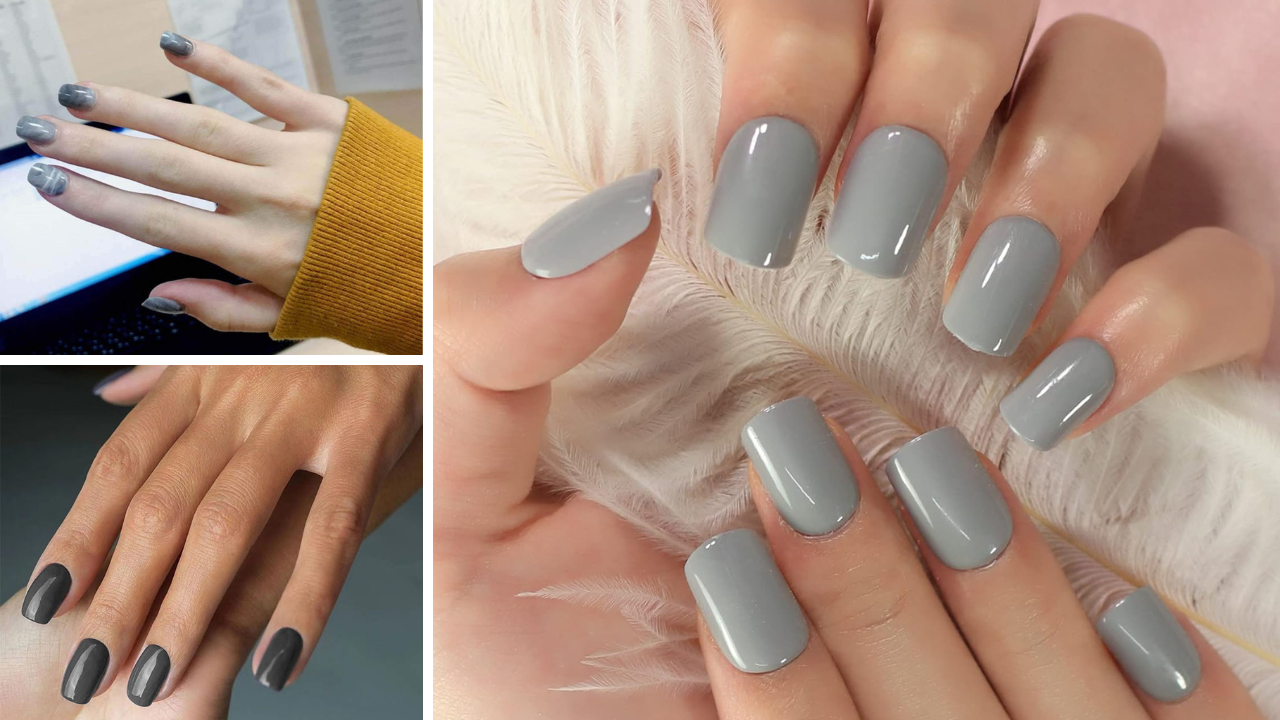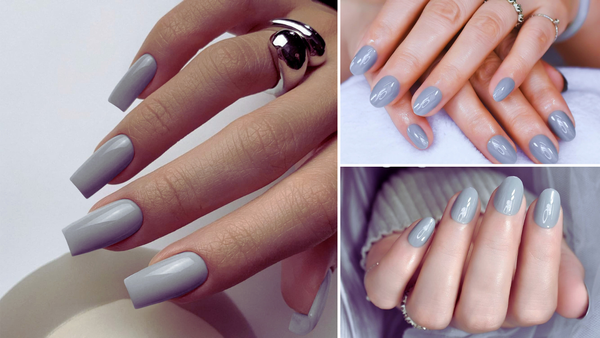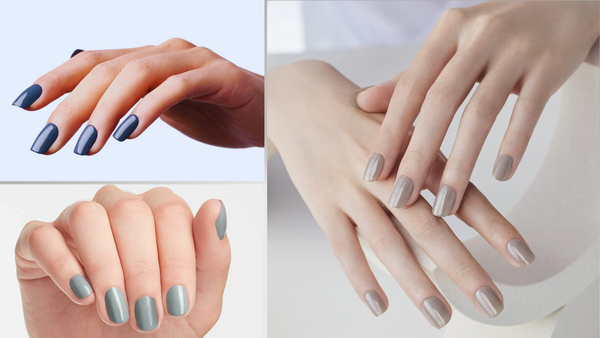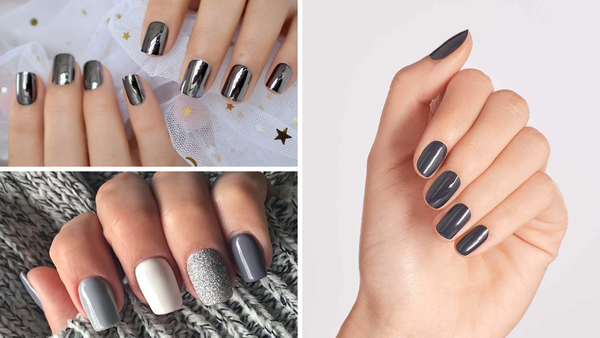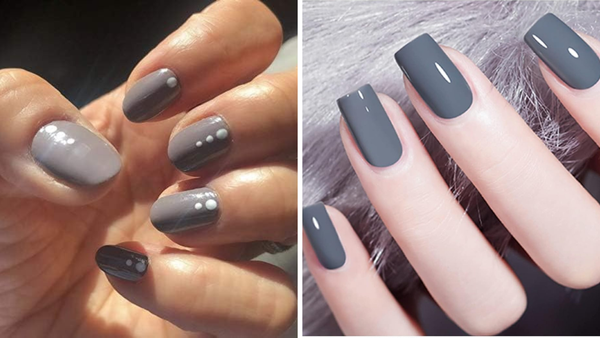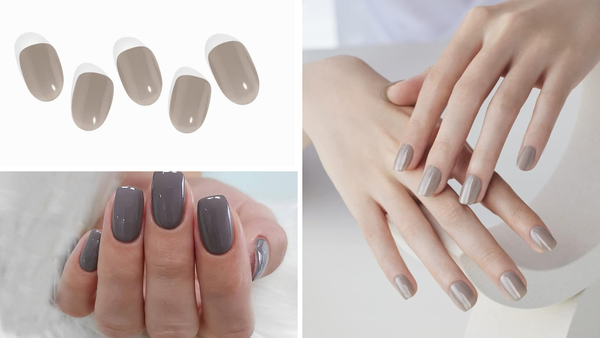Key Takeaways:
- Acrylic nails are known for their durability, but they can break if not properly maintained or applied.
- The longevity of acrylic nails depends on the application process, nail health, and daily activities.
- Proper aftercare, including regular fills and using nail-friendly products, can prevent easy breakage.
Acrylic nails have become a staple in the beauty industry, offering a durable and long-lasting alternative to natural nails. But the question remains: do acrylic nails break easily? This article delves into the factors that affect the durability of acrylic nails and provides insights on how to maintain them for up to six weeks without unwanted breakage.
Understanding Acrylic Nails
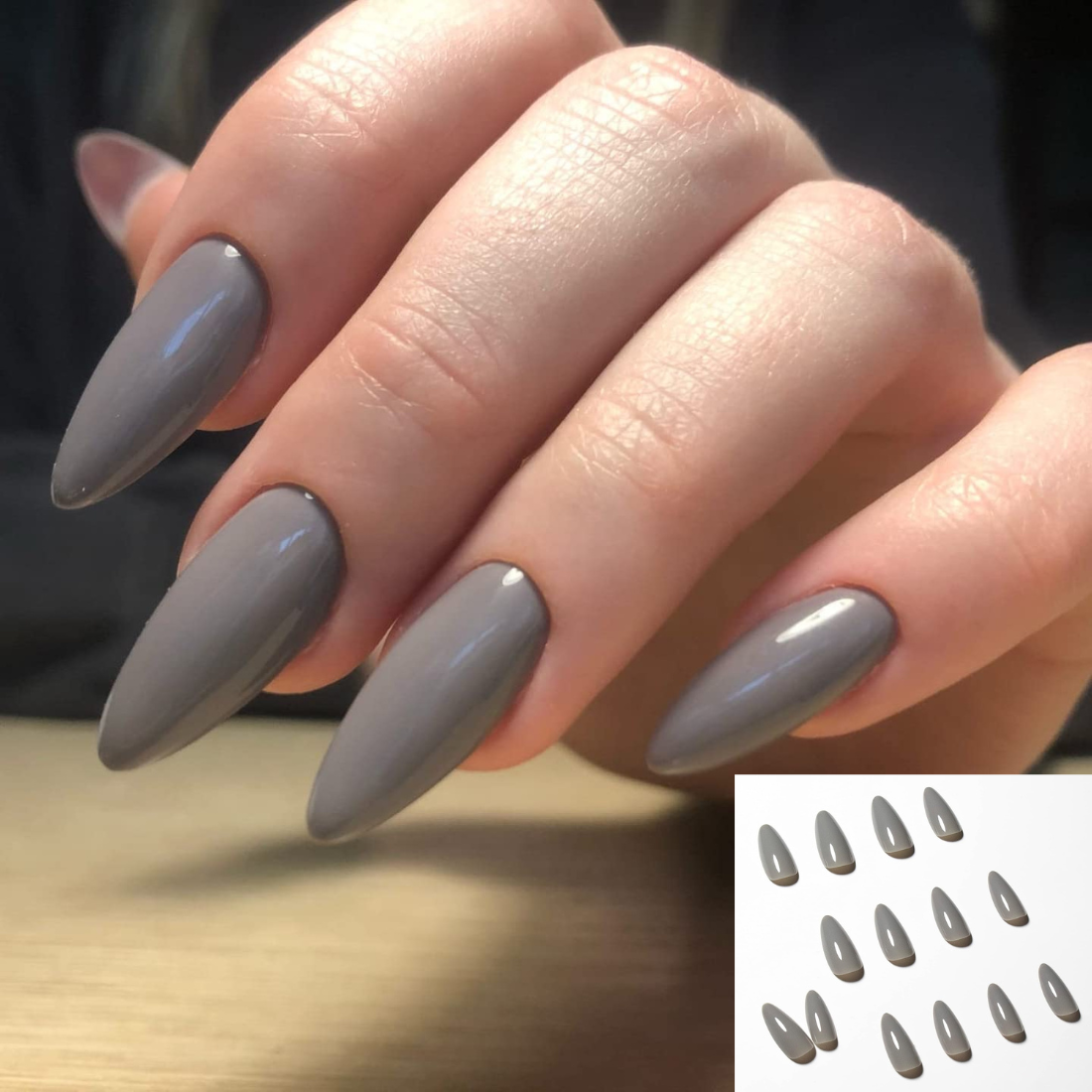
Acrylic nails are artificial enhancements created by combining a liquid monomer and a powder polymer to form a hard protective layer over the natural nail. This mixture hardens when exposed to air, providing a sturdy canvas for nail art and a glossy finish. The popularity of acrylics stems from their ability to transform brittle nails into strong, fashionable statements.
The Application Process: A Crucial Factor
The durability of acrylic nails begins with the application process. A skilled technician at a reputable nail salon will ensure that the natural nail underneath is properly prepped, including cleaning, buffing, and applying a primer. This preparation helps the acrylic adhere better, reducing the risk of lifting and breakage.
Daily Activities and Acrylic Nail Longevity
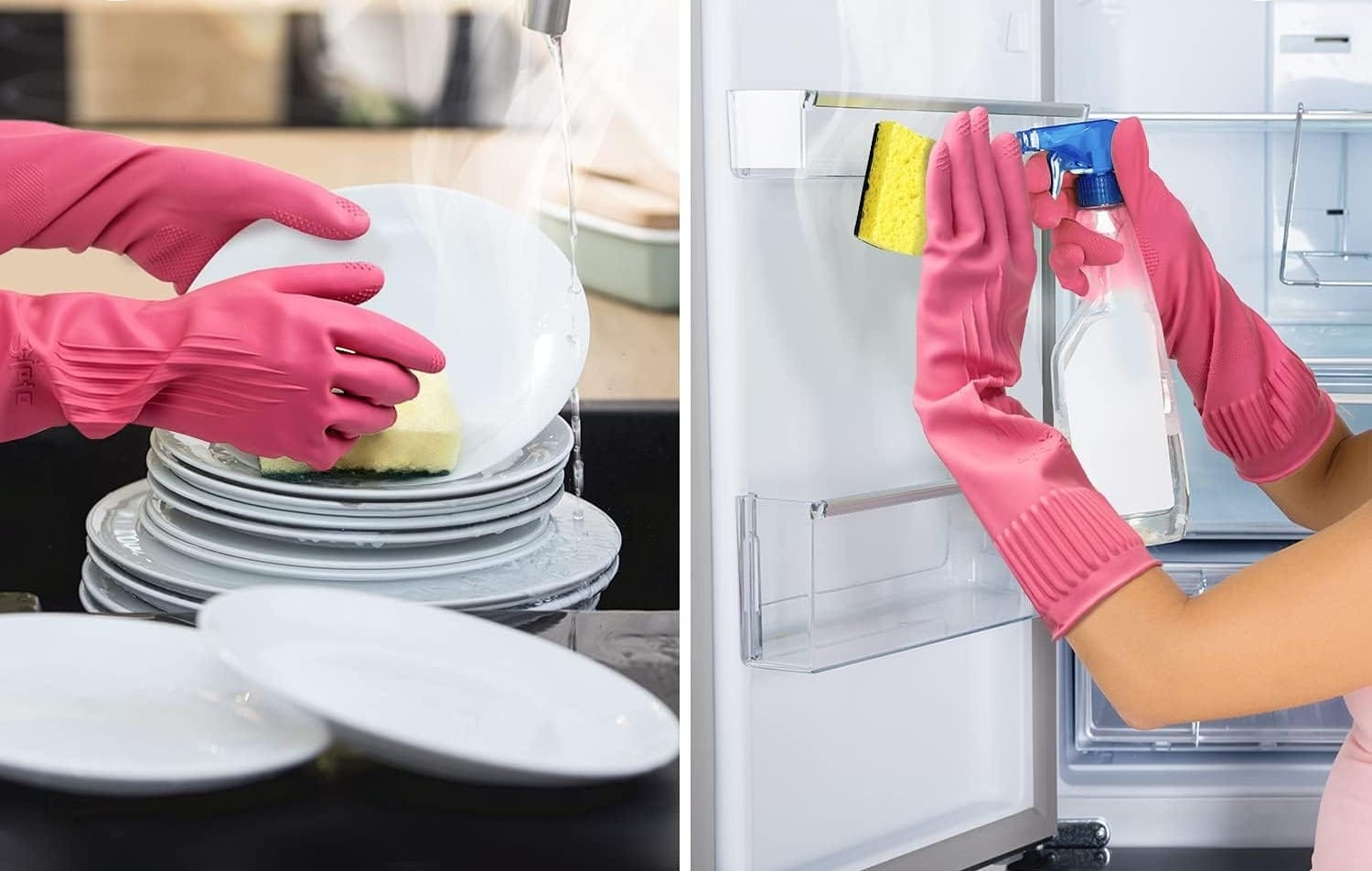
How you use your hands plays a significant role in the longevity of your acrylic nails. Harsh chemicals found in cleaning products, vigorous activities, and improper use of nails as tools can lead to chipping and breaking. Wearing gloves during cleaning and being mindful of your nails during daily tasks can help protect them from damage.
Nail Health: The Foundation of Durability
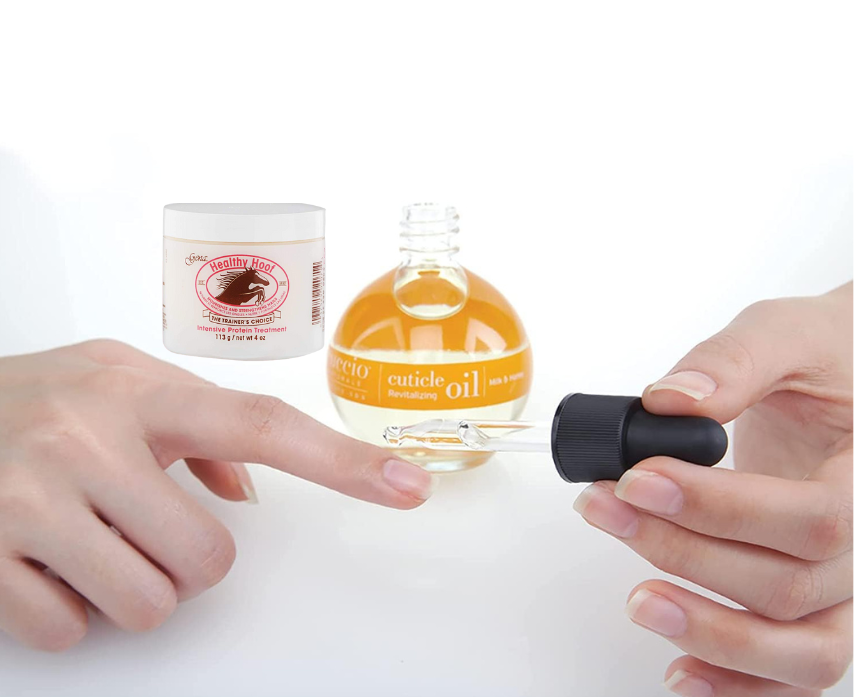
Healthy natural nails are less prone to breakage under acrylics. Thin, peeling, or brittle nails can compromise the strength of artificial nails. Using nail cream and cuticle oil can improve the health of your natural nails, providing a better base for acrylics.
Maintenance: Key to Preventing Breakage
Regular maintenance, including fills every two weeks, is essential to keep acrylic nails from breaking easily. As the natural nail grows, a gap forms between the acrylic and the cuticle, leading to lifting and breakage if not filled. Additionally, proper removal of acrylic nails by a professional is crucial to prevent damage to the natural nail plate.
The Role of Nail Technicians in Preventing Breakage
A nail technician's expertise is vital in preventing easy breakage of acrylic nails. They can assess the condition of your natural nails and recommend the best course of action, whether applying acrylics, suggesting a break to allow natural nails to recover, or using alternative nail enhancements like gel nails.
Aftercare: Protecting Your Investment
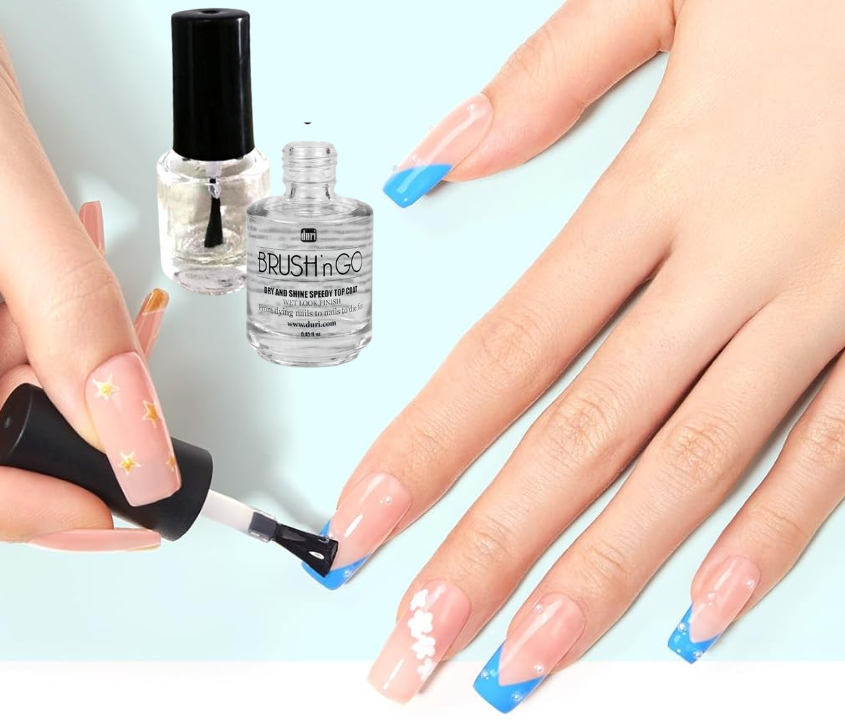
After leaving the salon, you are responsible for caring for acrylic nails. Avoiding harsh chemicals, using gentle cleaning products, and applying a top coat every few days can help maintain the glossy finish and integrity of the acrylics. Additionally, being cautious with your nails and avoiding using them as tools will prevent unnecessary breakage.
The Science of Acrylic Nail Composition
Acrylic nails are a marvel of beauty science. They combine liquid monomer and powder polymer to create a hard, protective layer over the natural nail. When applied correctly, this mixture forms a durable bond that is both flexible and strong. However, the inherent strength of acrylic nails can be compromised if the ratio of liquid to powder is not optimal. Too much liquid can make the nails too flexible, leading to breakage, while an excess of powder can make them overly brittle.
The durability of acrylic nails also depends on the curing process. Once the acrylic has been applied to the nail plate, it must be properly cured to ensure it sets correctly. If the curing process is rushed or not done thoroughly, the acrylic nails may not harden as intended, making them more susceptible to breaking. Nail technicians at the salon are trained to understand this science, ensuring that your fake nails not only look glossy and beautiful but are also strong enough to withstand daily activities without chipping or breaking.
The Evolution of Acrylic Nail Technology
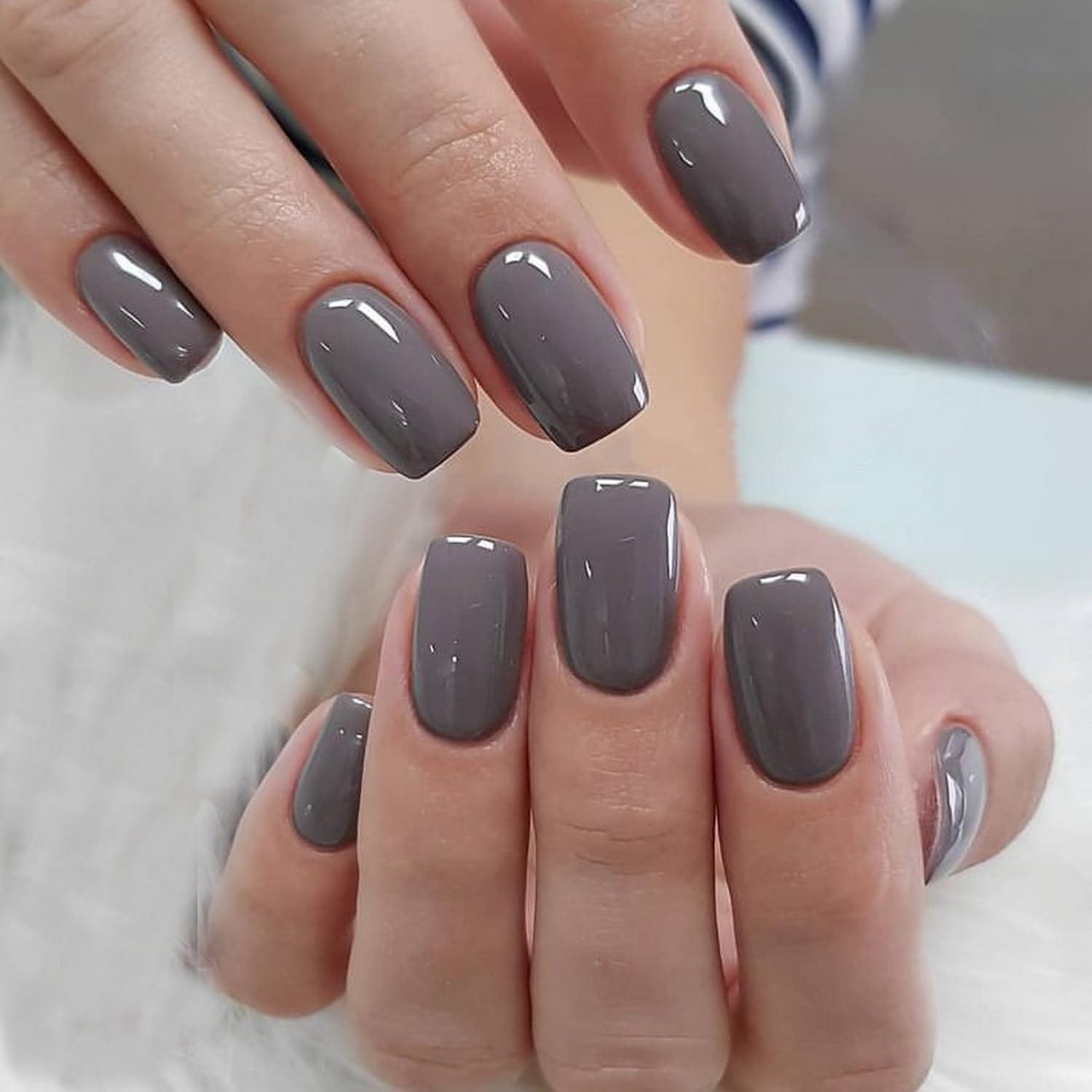
Acrylic nails have come a long way since their inception. Initially, they were prone to breakage and often considered a risky fashion statement for those with active lifestyles. However, advancements in nail technology have led to more durable and flexible acrylic formulations. These improvements mean that acrylic nails are less likely to break under pressure and, when applied correctly, can withstand the rigors of daily tasks. Integrating plasticizers and strengthening agents has transformed acrylics into a robust option for nail enhancements, making them a popular choice for those seeking a long-lasting, glossy finish.
The evolution doesn't stop at the nail plate; it extends to the application process. Nail technicians now use more sophisticated techniques to ensure the bond between the natural nail and the acrylic is seamless and strong. Using high-quality primers and adhesives reduces the risk of lifting and peeling, which can lead to breakage. Additionally, the curing process has been refined to create a harder, more resilient nail. With these technological advancements, the question of "Do acrylic nails break easily?" is becoming a concern of the past, as modern acrylics offer durability for up to six weeks or more.
The Interplay Between Acrylic Nails and Nail Health
Maintaining the health of natural nails underneath acrylics is paramount for preventing brittleness and breakage. Nail health starts with a proper foundation, which includes hydration and nourishment. Cuticle oil is a nail's best friend, as it helps to protect and strengthen the nail bed and surrounding skin. Regular application of nail cream can also keep the natural nails healthy, preventing them from becoming thin and susceptible to damage. It's essential to give your nails a break from artificial enhancements periodically to allow them to breathe and recover.
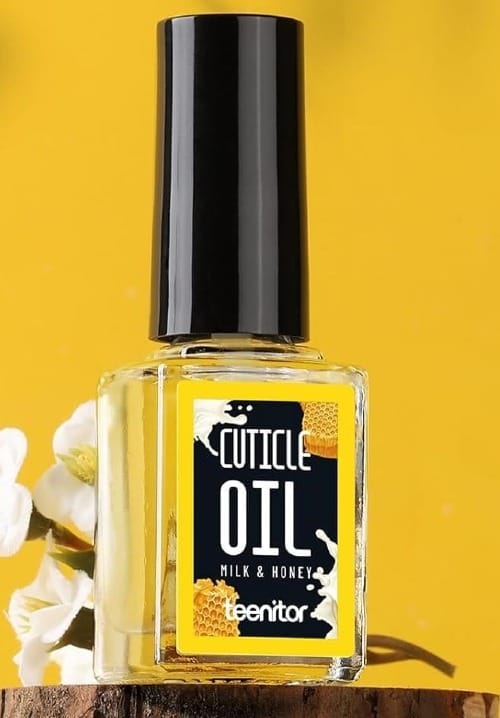
When removing acrylic nails, the removal process must be gentle to avoid damaging the natural nail plate. Harsh chemicals and aggressive buffing can make thin, brittle nails more prone to breaking. Soaking the nails in acetone and carefully lifting the acrylics can minimize the stress on the natural nails. Nail technicians often recommend using a nourishing coat of nail polish or a strengthening treatment after removal to help restore the natural nail's integrity. By prioritizing nail health, even avid lovers of fake nails can enjoy a durable, glossy finish without compromising the strength of their natural nails.
Lifestyle and Acrylic Nail Compatibility
When considering acrylic nails, it's essential to take your lifestyle into account. For individuals who engage in activities that put a lot of pressure on their hands, like typing or playing certain sports, acrylic nails may face more challenges. The key is to communicate with your nail technician about your daily routine so they can tailor the application process to enhance durability. For example, a shorter nail length and a rounded tip can help reduce the leverage that can lead to breakage.
Moreover, the aftercare regime plays a pivotal role in maintaining the integrity of your acrylic nails. Regular use of nail cream and cuticle oil can keep the natural nails underneath hydrated and healthy, supporting the strength of the artificial nails. Avoiding harsh chemicals and cleaning products without proper protection can also prevent the acrylic from becoming brittle and peeling away from the natural nail. By taking these proactive steps, you can enjoy your beautiful, customized nail art for up to six weeks without worrying about breakage or damage.
The Impact of Nail Enhancements on Natural Nails
While acrylic nails can provide a protective layer, they can also lead to thinning of the natural nail underneath if not applied or removed correctly. It's important to give your natural nails a break from artificial enhancements periodically to allow them to recover and maintain their health.
Choosing the Right Salon and Technician
Selecting a reputable salon and an experienced nail technician is crucial for the longevity of your acrylic nails. A professional will use high-quality products and take the necessary steps to ensure your nails are healthy and the acrylics are applied correctly.
Acrylic Nails vs. Gel Nails: A Comparison
When considering artificial nails, you might come across gel nails as an alternative to acrylics. Gel nails are known for their flexibility and natural look but require curing under a UV or LED light. Understanding the differences can help you make an informed decision based on your lifestyle and nail health.
The Removal Process: Doing It Right
The removal process of acrylic nails is just as important as the application. Soaking the nails in acetone, gently buffing away the layers, and avoiding forceful scraping can prevent damage to the natural nail. It's recommended to have a professional handle the removal to ensure it's done safely.
Tips for Making Acrylic Nails Last Longer
To extend the life of your acrylic nails and prevent easy breakage, consider these tips:
- Keep your nails dry and clean to avoid infection.
- Use cuticle oil regularly to keep the skin around your nails healthy.
- Avoid biting or picking at your acrylic nails, as this can lead to breakage.
When to Take a Break from Acrylics
Listening to your nails is important. If you notice persistent brittleness, peeling, or discomfort, it may be time to take a break from acrylics. Allowing your natural nails to breathe and recover can lead to stronger nails.
Customizing Acrylic Nails to Your Lifestyle
Discuss your daily activities with your nail technician so they can tailor the acrylic nails to your needs. For example, if you're involved in manual work, opting for shorter nails with a rounded tip can reduce the risk of breakage.
Summary
Acrylic nails are a popular choice for those seeking durable and long-lasting nail enhancements. While they are not inherently prone to breaking easily, their longevity is influenced by the application process, nail health, daily activities, and maintenance. By choosing a skilled nail technician, practicing proper aftercare, and giving your natural nails a break when needed, you can enjoy beautiful acrylic nails without frequent breakage.
FAQ Section
Do acrylic nails break easily if I use gel polish?
Acrylic nails are generally durable, but gel polish can provide an additional layer of strength and protection, reducing the likelihood of breakage.
Can gel polish be applied over acrylic nails?
Yes, gel polish can be applied over acrylic nails to provide a long-lasting and glossy finish.
How can I safely remove acrylic nails at home?
Safely removing acrylic nails at home involves soaking them in acetone to break down the adhesive. You can soak your nails in a bowl of acetone or use acetone-soaked cotton balls wrapped around each nail. Once the acrylic has softened, gently pry it off using a cuticle stick or nail buffer.
How long does it take for the nail bed to heal after removing acrylic nails?
After removing acrylic nails, it may take several weeks for the nail bed to fully heal and regenerate. During this time, it's essential to keep the nail bed moisturized and nourished to promote healthy nail growth.
How can I care for my cuticles after removing acrylic nails?
After removing acrylic nails, it's important to moisturize and nourish your cuticles regularly to promote healthy nail growth. Use cuticle oil or cream daily to keep the cuticles hydrated and prevent dryness and cracking. Additionally, gently push back the cuticles with a cuticle pusher to maintain a neat appearance and encourage healthy nail growth.
How can I strengthen thin nails after removing acrylics?
After removing acrylic nails, you can strengthen thin nails by regularly moisturizing them with nail and cuticle oil, avoiding harsh chemicals and excessive filing, and incorporating a nail strengthener into your nail care routine.
Can I apply nail polish immediately after removing acrylic nails?
It's recommended to give your nails time to recover after removing acrylics before applying nail polish. Allow at least a day or two for your nails to rest and rehydrate before applying nail polish to prevent further damage or weakening.
How can I choose a reputable nail salon for acrylic nail services?
When selecting a salon for acrylic nail services, consider cleanliness, sterilization practices, technician experience, and client reviews. Look for salons that prioritize hygiene, use high-quality products, and have experienced technicians who can provide the service safely and effectively.
Can acrylic nails damage my natural fingernails?
While acrylic nails themselves don't necessarily damage natural fingernails, improper application or removal techniques can thin or weaken natural nails.
Can I switch from acrylic nails to gel nails for a healthier alternative?
Yes, switching from acrylic nails to gel nails can be a healthier alternative for some individuals. Gel nails are typically gentler on the natural nails during application and removal compared to acrylics. However, it's essential to ensure proper maintenance and removal techniques to minimize any potential damage to the natural nails.
